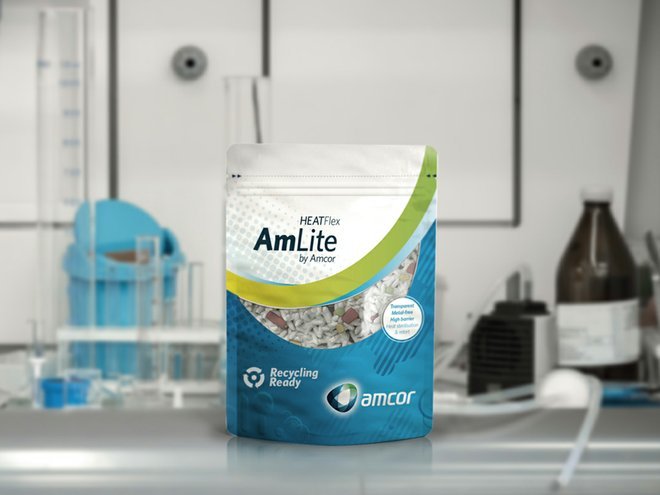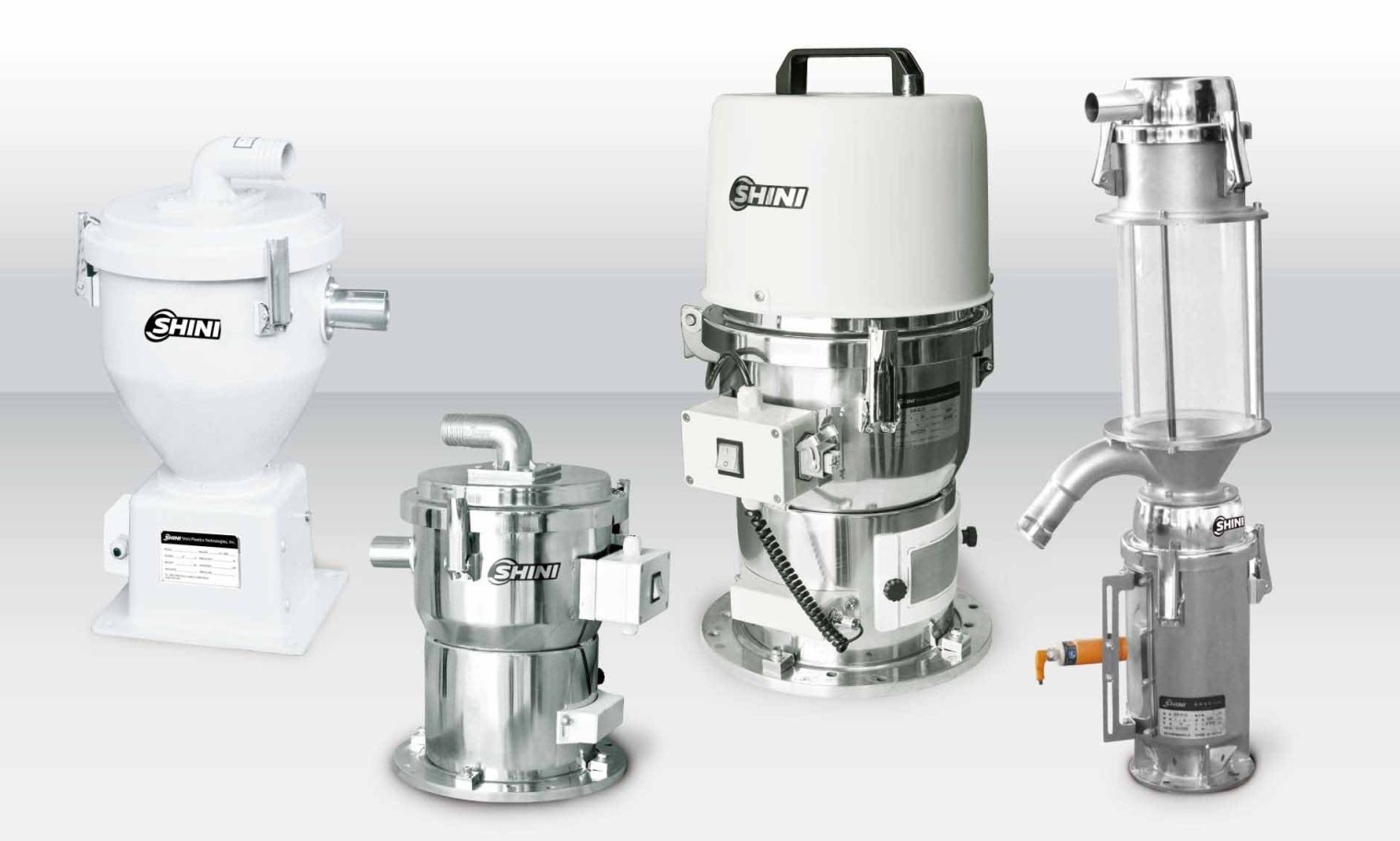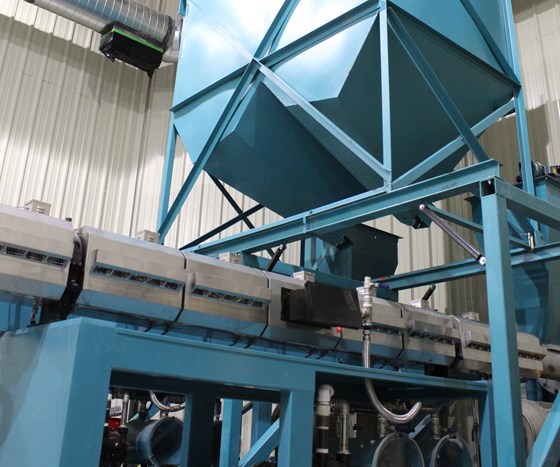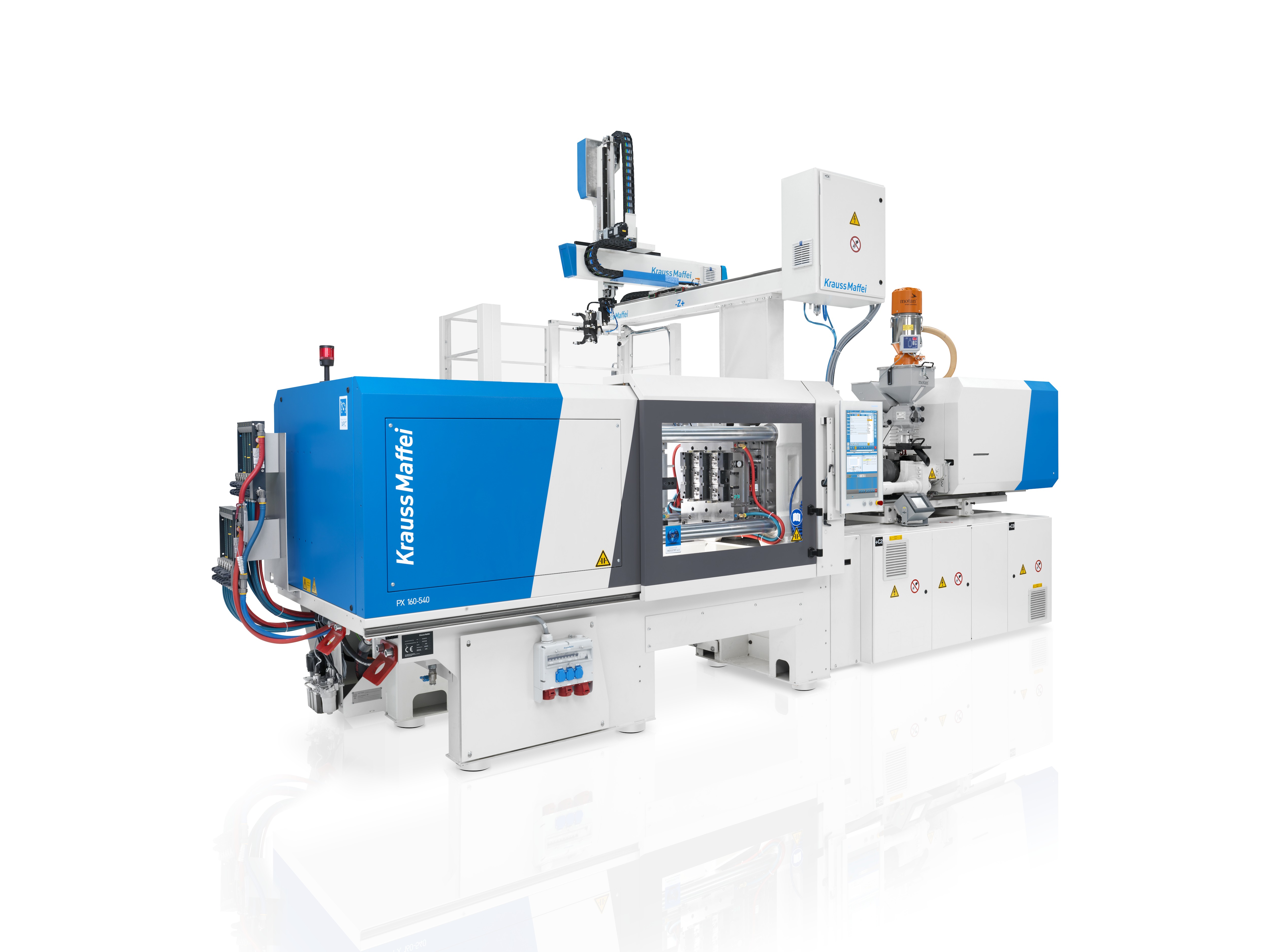뉴스 News
Technology & solutions
news
Technology & solutions
Aeyoung Park
2018-10-05
Aeyoung Park
2018-10-04
Aeyoung Park
2018-09-21
Aeyoung Park
2018-09-03
Aeyoung Park
2018-09-03
Aeyoung Park
2018-08-31
Aeyoung Park
2018-07-11
Aeyoung Park
2018-07-05



















